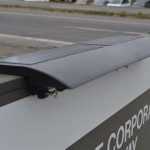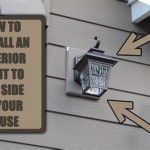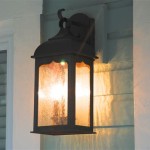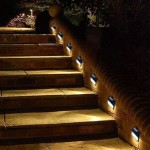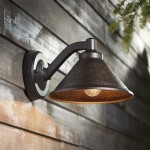Understanding IP Rating for Outdoor Wall Lights: A Comprehensive Guide
When selecting outdoor wall lights, the IP rating should be a paramount consideration. Understanding its significance enables you to choose fixtures that withstand the elements and ensure illumination in various outdoor settings.
### What is IP Rating?IP Rating, short for Ingress Protection, is an international standard (IEC 60529) that classifies the level of protection that electrical equipment offers against dust and moisture intrusion. It consists of two digits:
-First Digit (Dust Protection):
Indicates how effectively the fixture prevents dust ingress. A higher number denotes better protection. -Second Digit (Water Protection):
Indicates the level of protection against water exposure, ranging from water drops to high-pressure water jets. ### Importance of IP Rating for Outdoor Wall LightsChoosing outdoor wall lights with an appropriate IP rating is crucial for several reasons:
-Protection from the Elements:
Outdoor lights face exposure to rain, snow, wind, dust, and debris. An appropriate IP rating ensures they won't be damaged or malfunction due to these elements. -Electrical Safety:
Moisture and dust can cause electrical hazards if they penetrate the fixture. A high IP rating ensures electrical safety by preventing water and dust intrusion. -Durability:
Wall lights with a higher IP rating are more durable and less prone to wear and tear caused by environmental factors, leading to a longer lifespan. ### Common IP Ratings for Outdoor Wall LightsThe most common IP ratings for outdoor wall lights include:
-IP44:
Protected against splashes of water and dust particles larger than 1mm. -IP54:
Protected against dust particles larger than 1mm and water jets from any direction. -IP65:
Protected against dust particles and high-pressure water jets. -IP66:
Protected against dust particles and powerful water jets. ### Choosing the Right IP RatingThe appropriate IP rating for your outdoor wall lights depends on the location and exposure to the elements:
-Sheltered Areas:
IP44 or IP54 ratings are sufficient for sheltered areas with minimal exposure to rain and dust. -Partially Exposed Areas:
IP65 or IP66 ratings are recommended for areas with moderate exposure to rain and dust. -Exposed Areas:
IP66 or higher ratings are essential for outdoor lights exposed to harsh weather conditions, such as coastal areas or areas with frequent heavy rainfall. ### ConclusionUnderstanding IP rating is vital in selecting outdoor wall lights that can withstand the elements and provide reliable illumination. By choosing lights with an appropriate IP rating based on the location and exposure conditions, you can ensure durability, electrical safety, and optimal performance for years to come.

What Ip Rating Do I Need For Outdoor Lights And Why It Matters Moonlight Design

What Ip Rating Do I Need For Outdoor Lights And Why It Matters Moonlight Design

What Ip Rating Is Best For Outdoor Lighting Atom

What Is Ip Rating Here Are The Simple Facts Jd Lighting

Ip Rating For Outdoor Use Lighting

What Ip Rating Is Best For Outdoor Lighting Atom

What Ip Rating Do I Need For Outdoor Lights And Why It Matters Moonlight Design

Ip Rating Explained Chart Meaning Outdoorlights The

What Is The Best Ip Rating For Outdoor Lighting Light Yard

What Is The Best Ip Rating For Outdoor Lighting Billyoh Com
Related Posts

